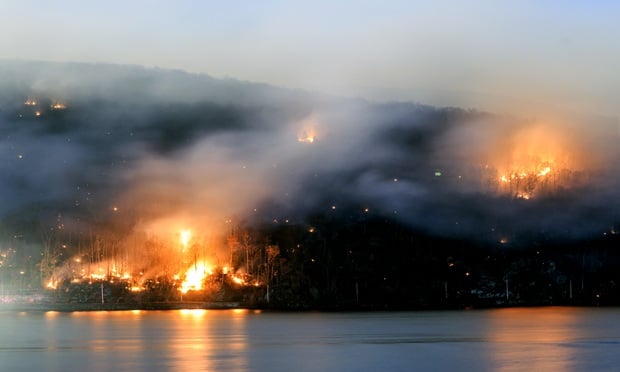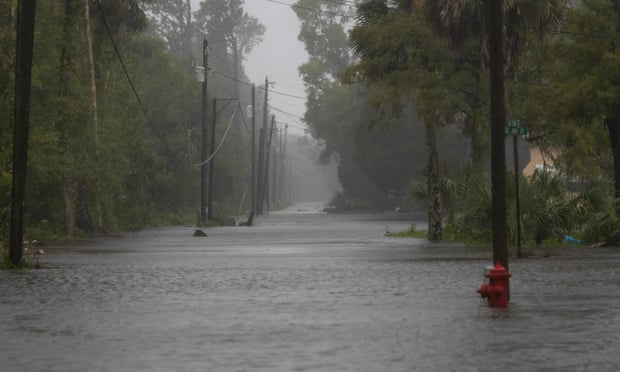With winter on the way, the promise of snow and freezing temperatures looms for many businesses — along with risks of slips and falls, burst pipes, service interruptions, and more. Companies that have a good understanding of winter-related exposures and take proactive measures to mitigate them are better positioned to protect the public and their employees and properties and manage their total cost of risk.
Following these six tips can help your clients prevent costly losses.
|When treating outdoor areas, not all de-icers are created equal.
During cold weather, using de-icers on outside areas like parking lots and sidewalks can reduce slips, trips, and falls. De-icers can vary by price, corrosiveness, and effectiveness. A business should consider weather conditions and the application area when choosing one. For example, sodium chloride (rock salt) is inexpensive, but corrosive to concrete and less effective at lower temperatures. Ice melt blends (magnesium chloride or calcium chloride) are more effective at lower temperatures, but also more expensive. Proper application is also important. Melting snow can re-freeze overnight, so treat areas first thing in the morning, prior to the arrival of employees and visitors.
|Don't forget about the entryways (all of them)
The risk of slips and falls does not end once someone enters a building. Snow, ice, sand, and salt tracked in from outside can create hazards in entryways. Businesses should keep these areas clean and dry and use matting to absorb moisture to help mitigate these risks. An entryway's size, flooring type, and traffic volume can affect the housekeeping schedule, floor mat length, and how often a mat should be replaced. Review plans to ensure they address each entryway.
|Even dry pipe sprinkler systems can “freeze-up”
As the name implies, dry pipe sprinklers contain pressurized air that is replaced with water only once the system is activated by heat. Even these systems are susceptible to freeze-ups and are the cause of many winter-related losses. Transient water or condensation from the air within the system can build up and freeze during cold weather, causing damage to steel pipes and fittings. To minimize this risk, business owners should make sure systems are properly installed, with pipes sloped so water collects at low points, and that pipes are drained on a quarterly basis.
|Burst pipes can lead to significant damage and safety issues
Freeze-ups in piping typically occur in areas that are not adequately heated or insulated, such as in vacant buildings, near drafty windows, or in attics. Adding insulation can help, but if pipes do freeze up and burst, they are not only costly to fix, they could lead to extensive damage if water is not quickly turned off at the main source. It's important that responsible personnel know the location of water shut-off valves (and how to use them) to minimize damage. If sprinkler systems are impaired as a result, a business should contact its insurance partners and local fire department to alert them of the potential hazard.
|Winter preparedness is everyone's responsibility
When preparing for winter weather, everyone — from housekeeping staff and front-line employees to managers and interns — bears some responsibility. Each party should clearly communicate its role, responsibilities, and expectations when it comes to maintenance and safety. For example, who is responsible for keeping hallways dry and clean? Are workers careful to put excess snow in areas that do not block fire exits, vents, or drains? Employees should know whom to contact when confronting a hazard.
|Your insurance partners can boost your efforts
A knowledgeable insurer can help you offer expertise and support to clients putting their winter plans in place. An insurer may provide pre-season preparation guides and more timely communications right before a storm that review maintenance procedures. If your clients are building new locations or renovating their current spaces, your carrier may be able to offer guidance on entryway designs, flooring material, and more that can help reduce the risk of injuries.
As with most hazards, an ounce of winter weather risk prevention is worth a pound of cure. Knowledge, communication, and support from the right partners can save businesses time — and money — when winter arrives.
Want to continue reading?
Become a Free PropertyCasualty360 Digital Reader
Your access to unlimited PropertyCasualty360 content isn’t changing.
Once you are an ALM digital member, you’ll receive:
- Breaking insurance news and analysis, on-site and via our newsletters and custom alerts
- Weekly Insurance Speak podcast featuring exclusive interviews with industry leaders
- Educational webcasts, white papers, and ebooks from industry thought leaders
- Critical converage of the employee benefits and financial advisory markets on our other ALM sites, BenefitsPRO and ThinkAdvisor
Already have an account? Sign In Now
© 2024 ALM Global, LLC, All Rights Reserved. Request academic re-use from www.copyright.com. All other uses, submit a request to [email protected]. For more information visit Asset & Logo Licensing.








